




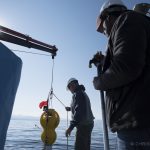
Back in July, we deployed two seismometers in Yellowstone Lake in order to get preliminary information regarding the noise levels and seismicity rates on the lake floor in our study area. Today, we went out aboard the Annie to pick them up, and recover their precious data.
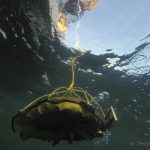
Scientists from the HD-YLAKE project are interested in measuring the flow of heat from the lake floor, and how it varies with time at different locations.
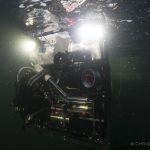
Bill Seyfried and his team are using some hand-crafted instruments, wielded by the ROV Yogi, to take samples of geothermally-heated water that is bubbling up in the dark depths of the lake.
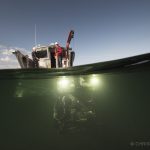
This August, the newly built Yogi remotely operated vehicle (named for the inquisitive picnic basket-stealing cartoon bear that inhabited “Jellystone”), made its first dive into Yellowstone Lake.
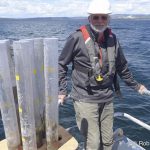
We are taking gravity cores to sample the uppermost sediment layer near the lake floor vents. In some cases we may be able to sample sediments that were deposited during the Little Ice Age, some 1600 years ago.
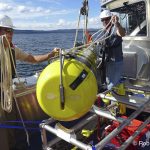
We are using an Autonomous Underwater Vehicle (AUV) to survey our study area before we dive with the ROV in August, in order to create a high-resolution baseman of the area and to identify sites of active fluid discharge.
The Hydrothermal Dynamics of Yellowstone Lake (HD-YLAKE) project seeks to understand how earthquakes, volcanic processes, and climate affect the hydrothermal system located beneath Yellowstone Lake. All work described on this website was completed under an authorized Yellowstone Research Permit. Read more »
Visit the HD-YLAKE video page to see an animated video explaining the science behind hydrothermal explosions and see underwater footage compilations from the Yogi remotely operated vehicle.


